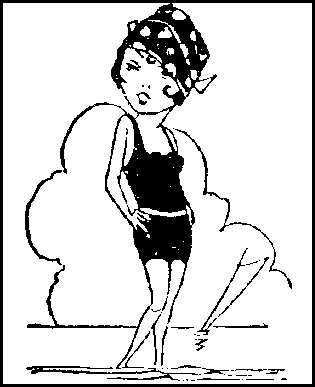The Six Yogas
Of Naropa
Glenn H. Mullin,
Translator
(Snow Lion)

- From within the sphere of emptiness there manifests a multicolored lotus with a sun disk. Instantly you appear on it as Bhagavan Heroka Chakrasamvara, your body dark blue in color. You have four faces, the main one is black, the left one is green, the rear one is red, and the right one is yellow. Each of the faces has three eyes. You have twelve arms, and your forehead is adorned with a band of five-pointed vajras.
- "All night, strive to invoke the self-purification of confused dreams;
Guard the three doors with the hook of mindfulness.
Retain, purify, increase and transform the contents of dreams,
And eliminate all obstacles to the practice.
One rides, on the sun and moon, travels to all buddhafields,
And behold! All "good" and "bad" illusions become self-liberated."
The old-time Jungians told their patients --- they didn't bother to call them "clients" --- to have pen and notebook on the bedtable, and the moment they awoke, they were to note down their dreams and bring them to the next session. I remember thinking that I didn't have that much in the way of dreams hanging around, but, lo and behold, the moment I started noting them, they went from being sketchy, often lurid one-liners, to four or five or six pages in length. They brought up things for me and Dr. Clark that would have been, so to speak, undreamed of before; they also offered us a rich selection of symbols, puns, and gently-veiled references to my past and present, which the good doctor, and his wondering patient, explored in depth. And to think that, over 900 years ago, Naropa was telling his followers to use dreams to banish the concepts of "good" and "bad." For those of us who are experienced dreamophiles, we learn that what Nabokov called "the dream-machine" is completely amoral, filled with symbols as rich as any play out of Shakespeare. Some vulgar and obscene acts come in dreams in ho-hum forms; some (apparently) innocent acts seem to have a fine touch of evil.
Naropa's Yogas, according to his students and followers and translators, may have numbered anywhere from two to ten. Tibetan Buddhists, as you can judge from the introductory quote, were obsessed with numbers. The key is the spirit, which involves meditation and chanting (AH and HAM --- and don't be thinking piggies; we Tibetans only eat yak). We are, also to remember that the world is an illusion "like a rainbow and the moon's reflection in water." We are also invited to practice out-of-body exercises "like a snake shedding its skin." And don't forget to do your dream work.
The best place for that is the mysterious place between wakefulness and sleep that you may have stumbled into, where "an inexpressable and unhindered experience of clear light arises." Modern dreamers call it "the hypnogogic state." Some are terrified by it since one can neither open the eyes or move a finger, merely hear a large buzzing in the ears. However, if you surrender to it ("don't fight it") you will find it a very interesting place to visit, if not to stay for awhile.
Southeast of
the Island:
Travel Notes
James Agee
(Fordham University Press)
 The Denizens of Manhattan like to think of themselves as island-dwellers: people and places beyond the Hudson or the East River are on another planet. Thus James Agee was commissioned in 1939 by Fortune Magazine to come up with a Think Piece: to cross the fearful reaches of the Brooklyn Bridge, make notes, and thus pass judgment on what he found there ... as if he were traveling to Bulgaria, Turkministan, or Zamboanga.
The Denizens of Manhattan like to think of themselves as island-dwellers: people and places beyond the Hudson or the East River are on another planet. Thus James Agee was commissioned in 1939 by Fortune Magazine to come up with a Think Piece: to cross the fearful reaches of the Brooklyn Bridge, make notes, and thus pass judgment on what he found there ... as if he were traveling to Bulgaria, Turkministan, or Zamboanga.- that Bridge which stands up like God and makes music to himself by night and by day: all in the lordly idiot light...
Agee created great art in Now Let Us Praise Famous Men when he and photographer Walker Evans went into Hobe's Hill in the hot summer of 1936 to paint the barren and pitilessly poor life of the hill country of Alabama in the depths of depression. But, apparently, all he was able to find when he crossed the East River were "the negroid breath of a molasses factory" and about 200 colons. Yes the

 At one point, Gill gets waylaid in Van Nuys, California. Just for a lark, he authors and directs a pornographic film, Hot House Tales for a company called Metro. Pornography, he reports, grosses a half a trillion dollars a year, worldwide. "The cozy, liberal assumption that pornography is a sad, solitary, under-the mattress toss-aid for the socially inept, underclass old men is patently untrue."
At one point, Gill gets waylaid in Van Nuys, California. Just for a lark, he authors and directs a pornographic film, Hot House Tales for a company called Metro. Pornography, he reports, grosses a half a trillion dollars a year, worldwide. "The cozy, liberal assumption that pornography is a sad, solitary, under-the mattress toss-aid for the socially inept, underclass old men is patently untrue."